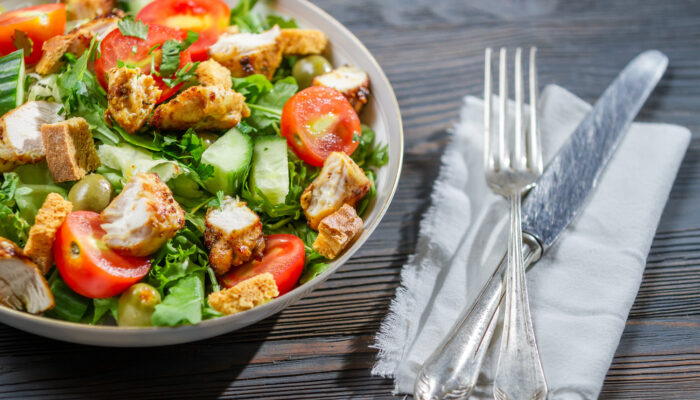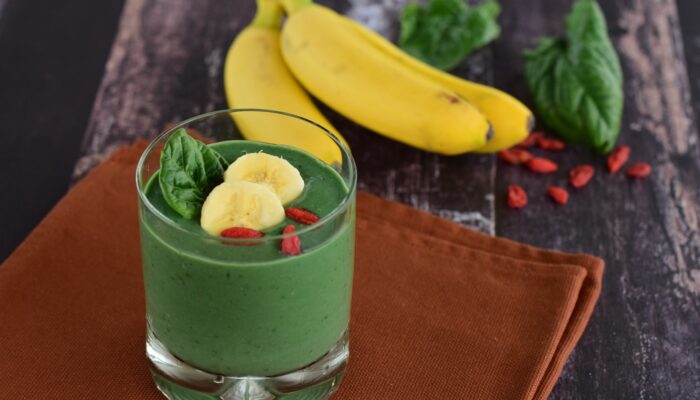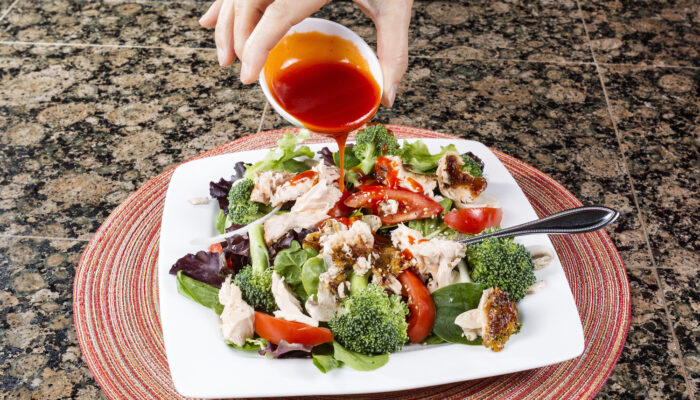
Top Diet Plans for Feline Diabetes
Obesity is one of the key factors that lead to diabetes in cats. The body becomes less responsive to insulin due to the hormones produced by the fat cells. If treatment begins in the early course of the disease, weight loss can even lead to remission. Diabetic felines who need insulin injections can be weaned off of them if they are able to lose a sufficient amount of weight.
There is, unfortunately, no single type of food that is the right choice for all diabetic cats. However here are some guidelines that can help you as a pet owner to pick what would best suit your cat’s needs:
1. High protein and low carbohydrate diet
Sudden spikes in the blood sugar levels can be seen when you feed your cat carbohydrate-rich meals. This increases your cat’s demand for insulin, which is actually the exact opposite of what your diabetic cat needs. Foods that are low in carbohydrates can, in fact, blunt out this response. Animal-based proteins should be what cats should get most of their calories from. Although fat is essential to round out your cat’s diet, high levels of fat can be problematic, especially if your feline is diabetic and needs to lose weight. As a cat owner, you can look for cat foods that provide 50% of their calories coming from protein and 40% coming from fat. Although carbohydrate levels are not often listed out on the pet food labels, they are relatively easy to calculate.
2. Canned food
If you look closely, you will notice that a large amount of carbohydrates is a necessary component to kibbles. Dry foods, therefore, cannot be made with a low carbohydrate concentration. So, if you are a pet owner of a diabetic cat, it is best that you stick to feeding your cat canned food as it contains no carbohydrates at all.
3. Over-the-counter food versus prescription food
A prescription diet is normally not necessary for feline diabetes, as most over-the-counter canned foods have a low carbohydrate/high protein ratio that makes them absolutely suitable for diabetic cats. If your feline is simply a picky eater and won’t eat canned foods and you have to feed him/her kibbles, there are dry foods with lower than average carbohydrate levels that are designed specifically to help cats with diabetes. These are available through veterinarians. Another thing that will help your cat immensely is for you to keep track of the portion size of the food that your pet intakes. Feeding your cat a reduced amount of diabetic-friendly food can help your cat shed some weight. It is also important that the food that you feed your cat should taste good, and fortunately, most of the canned foods are really tasty.




